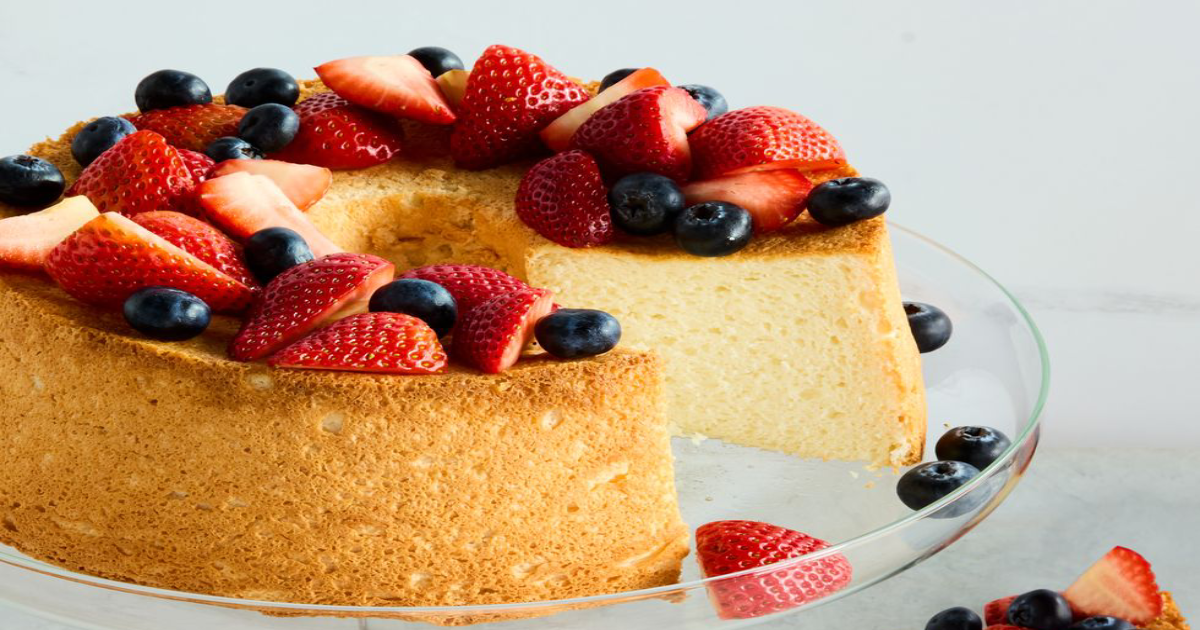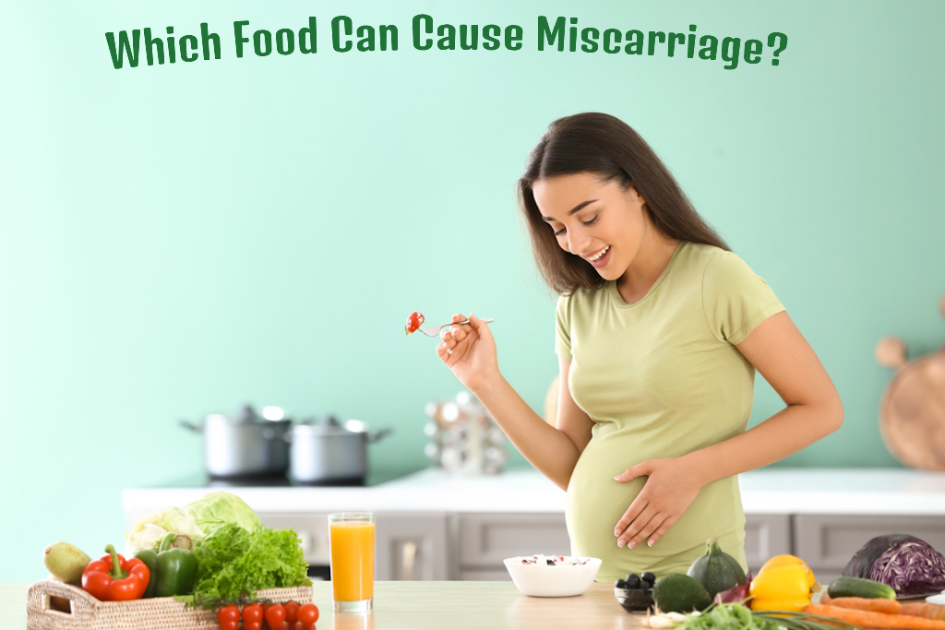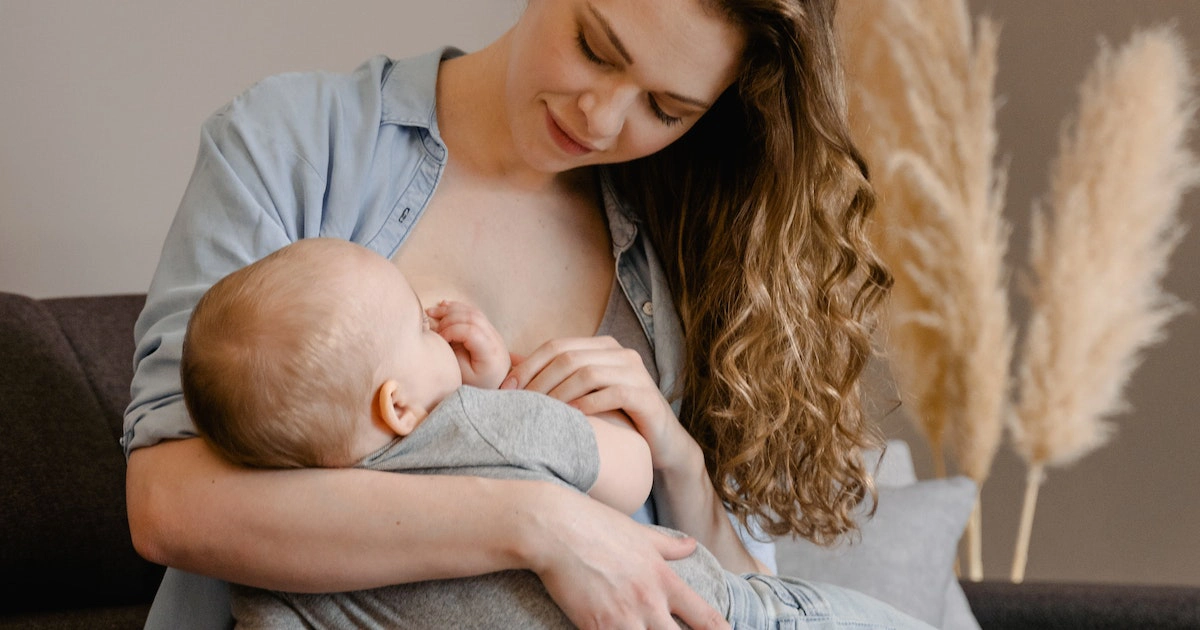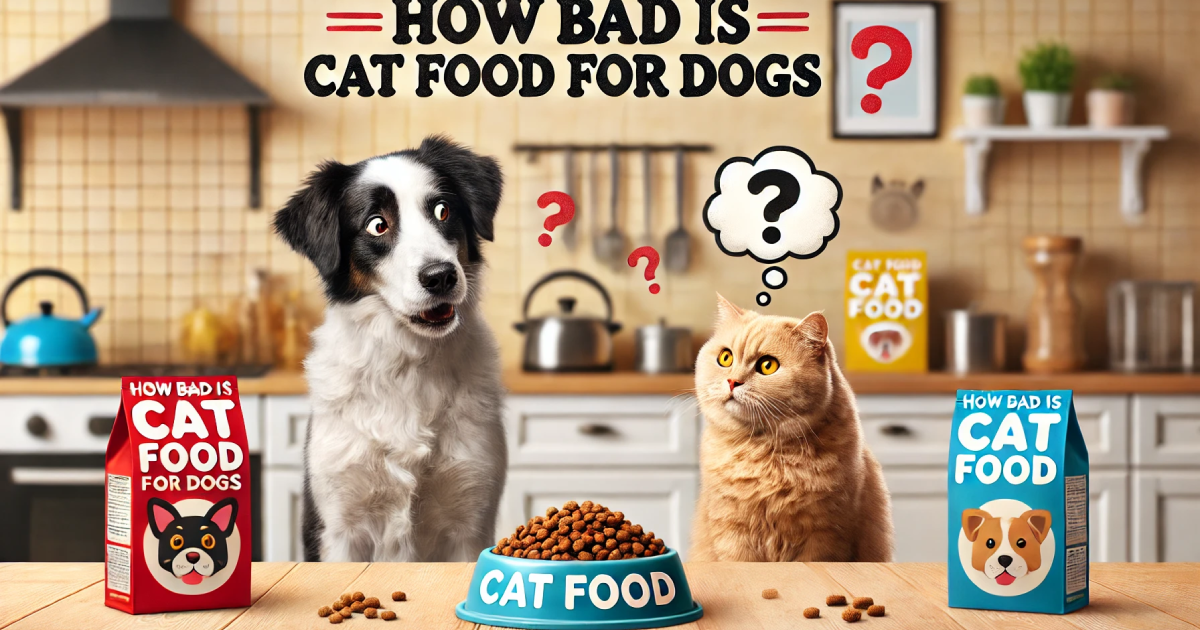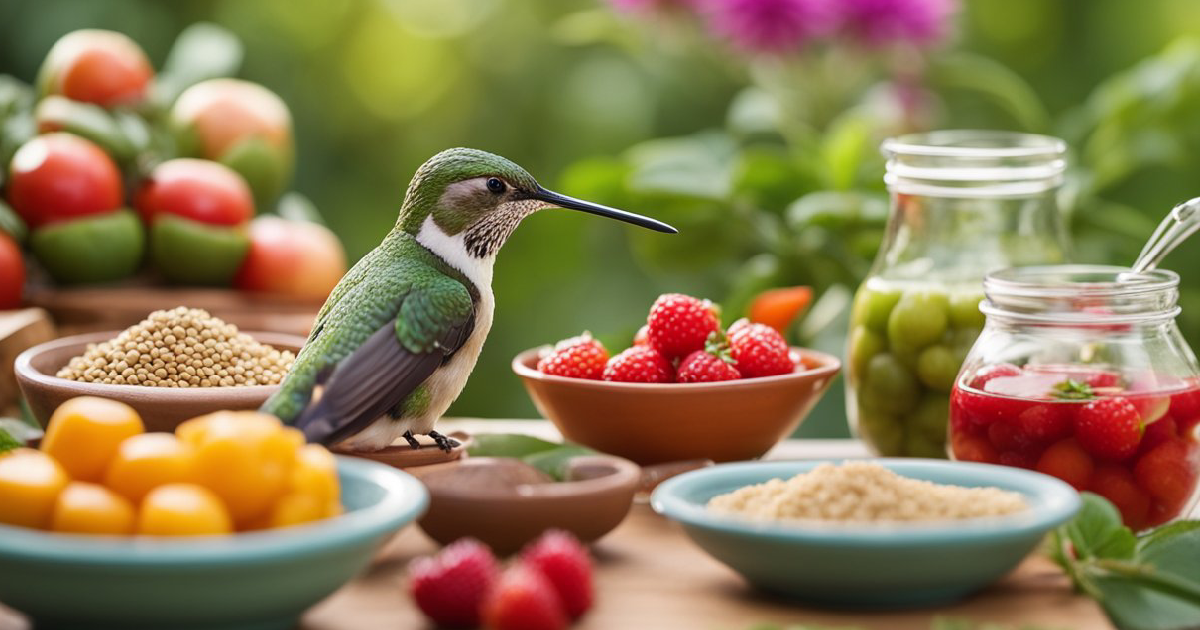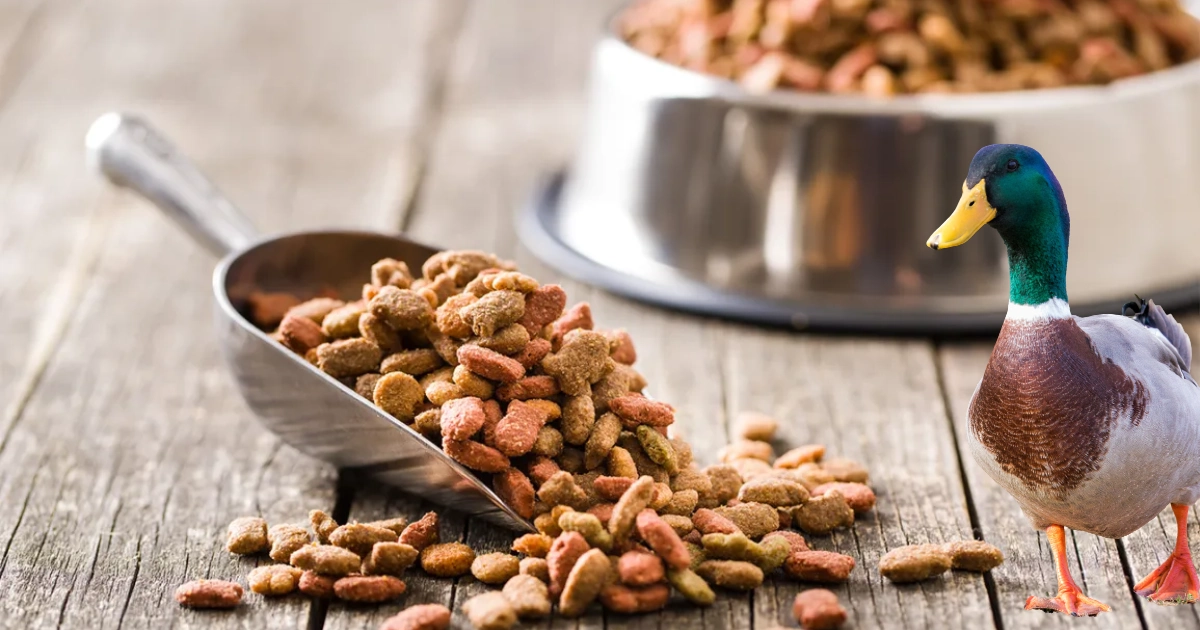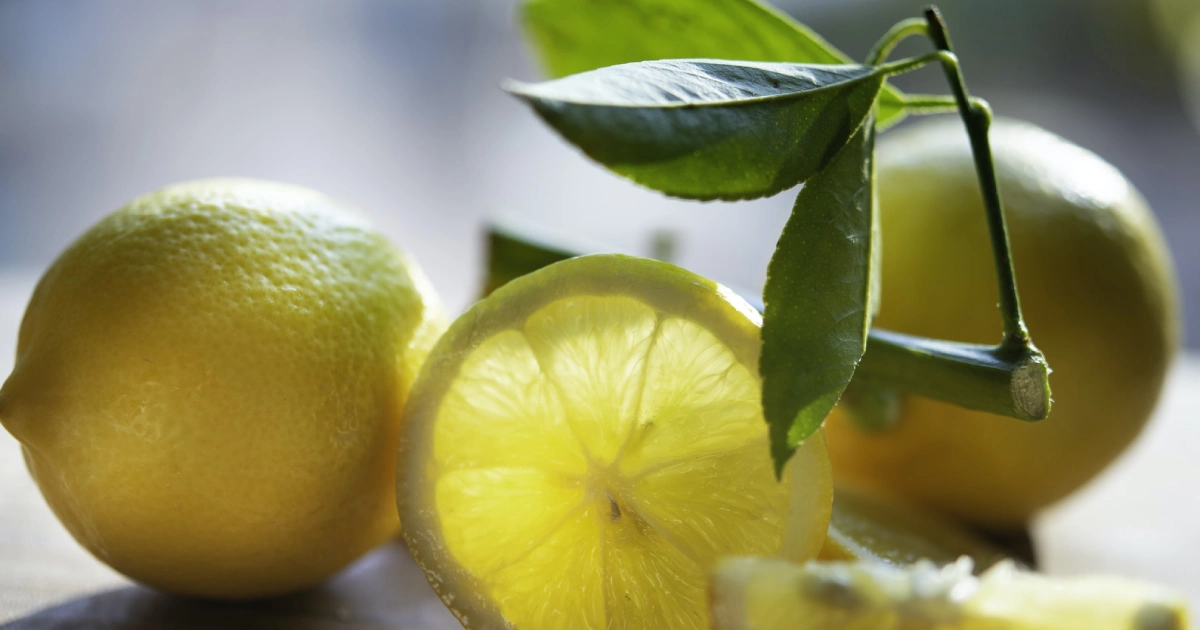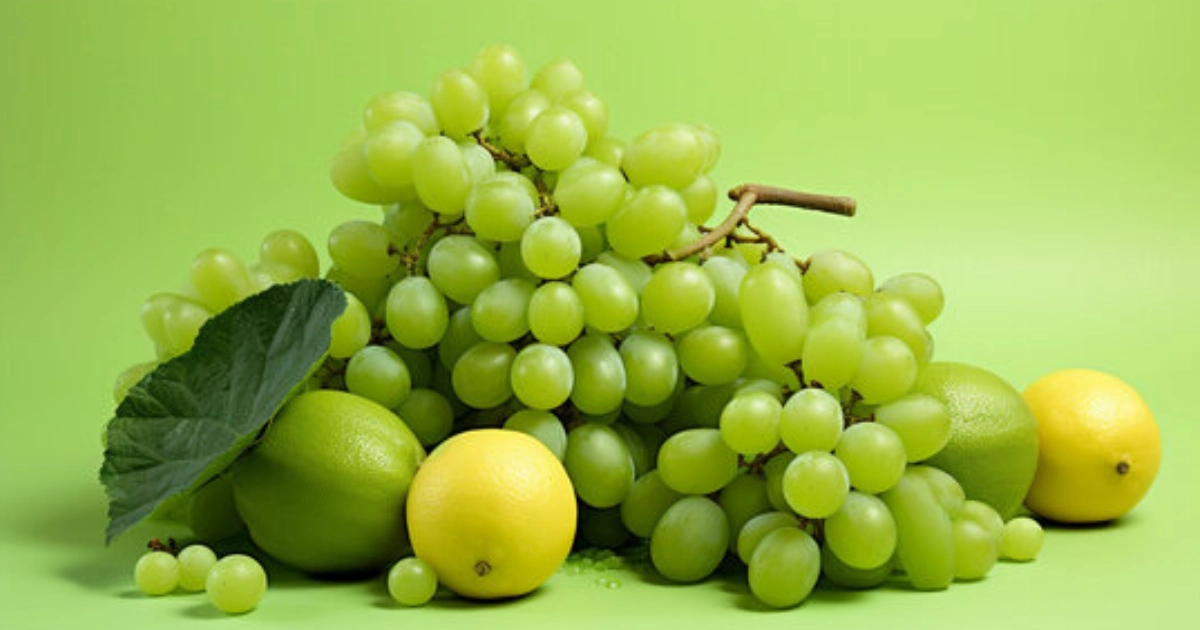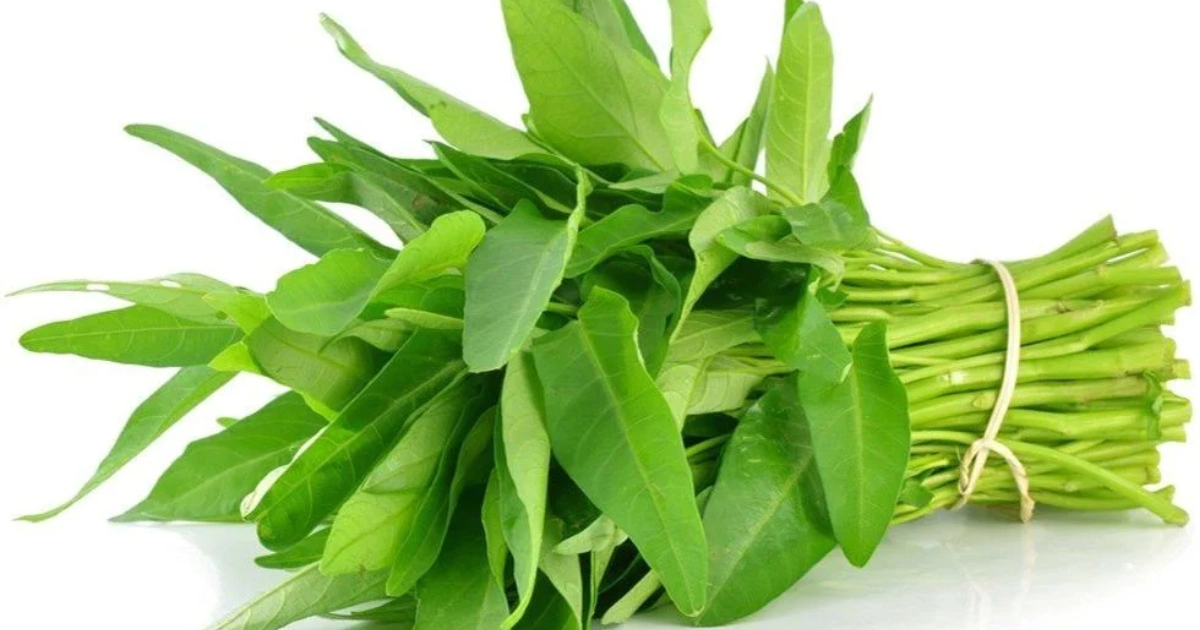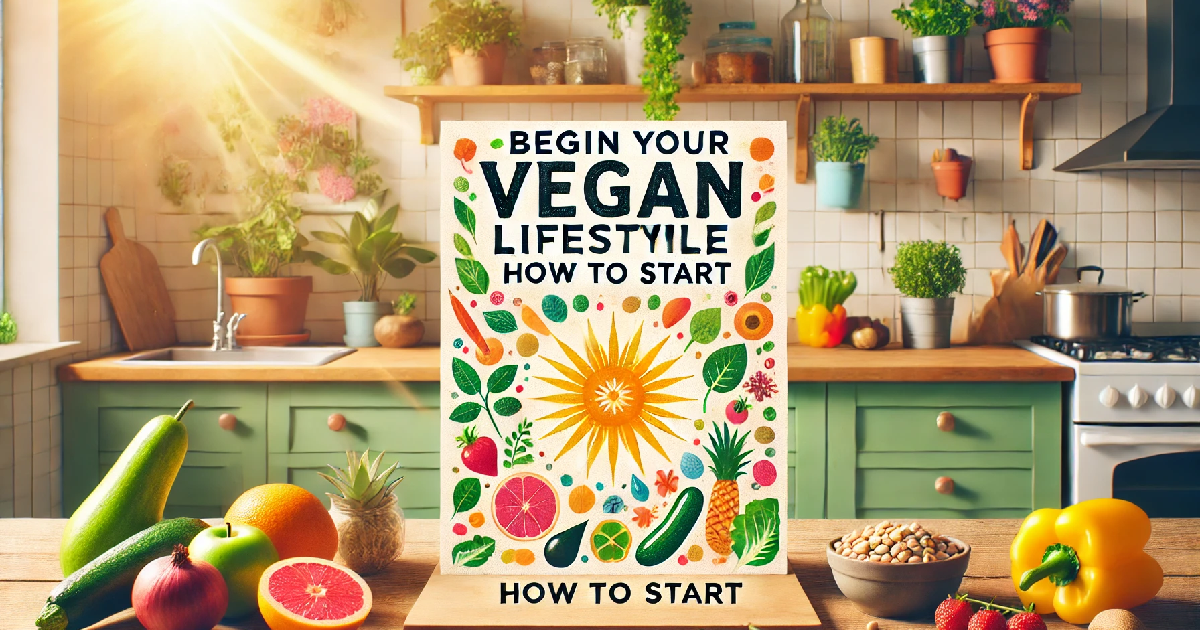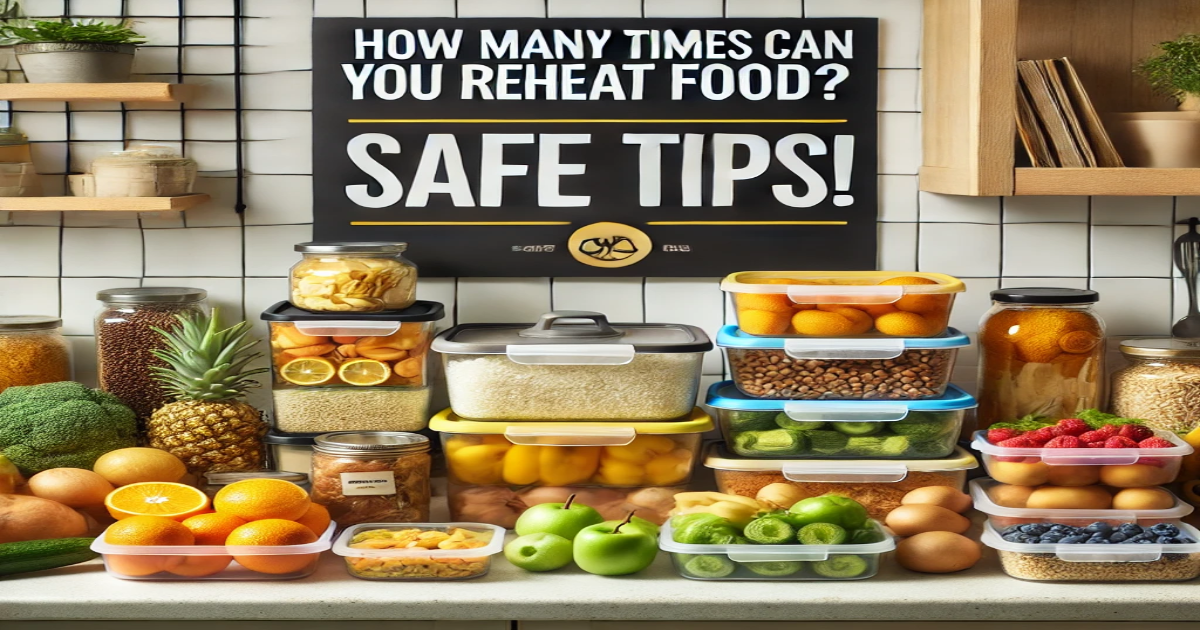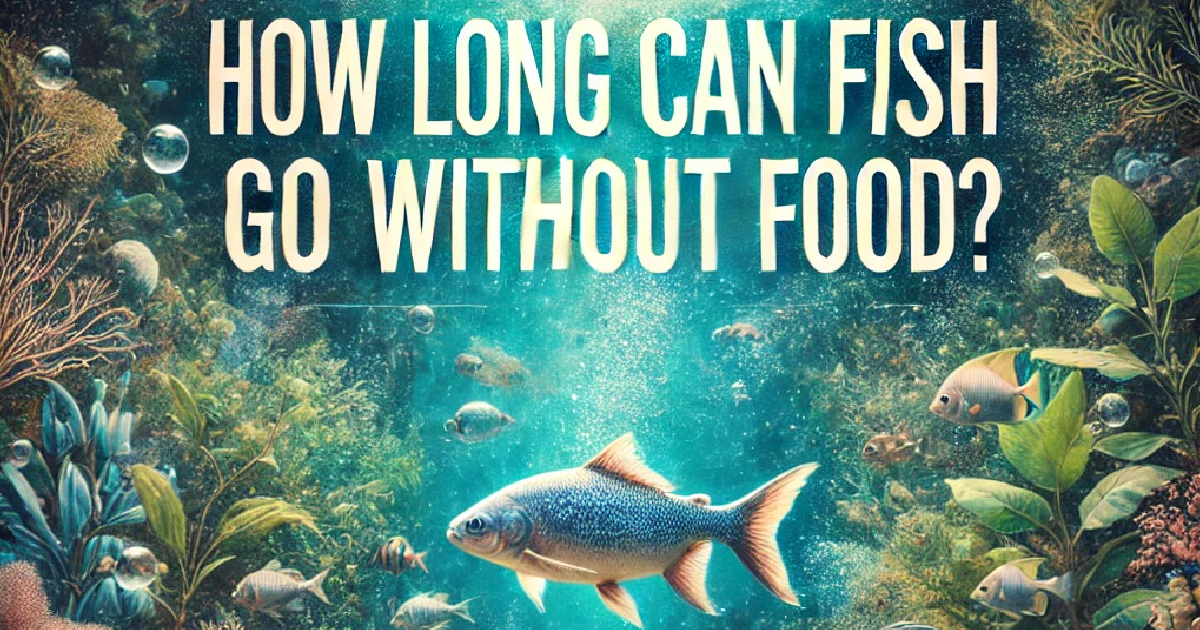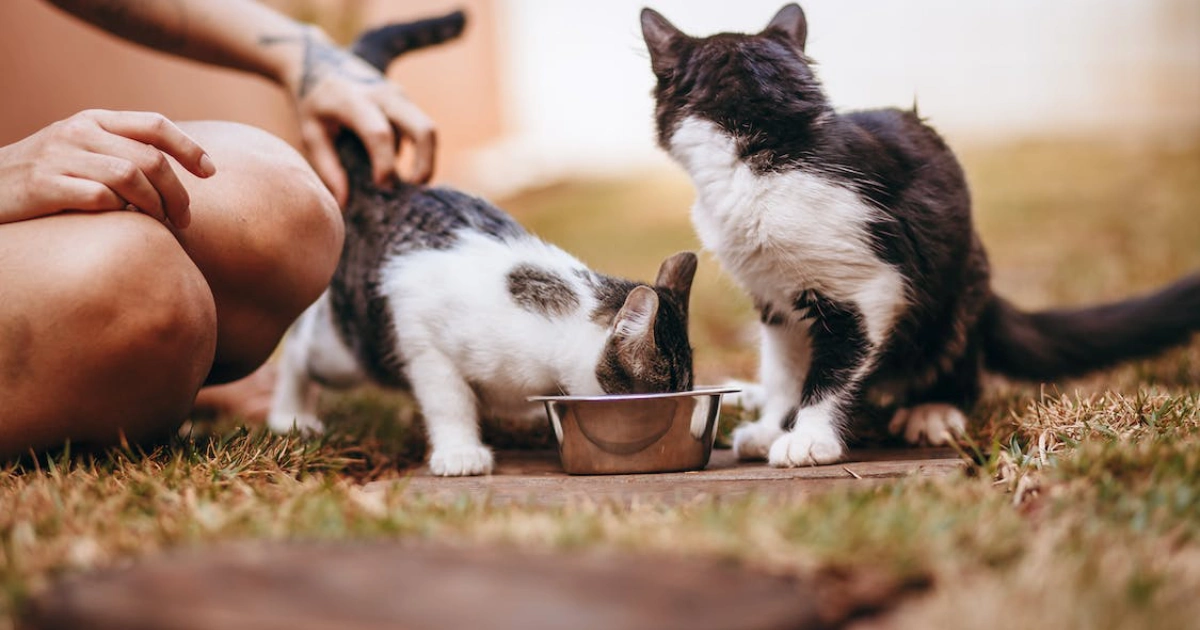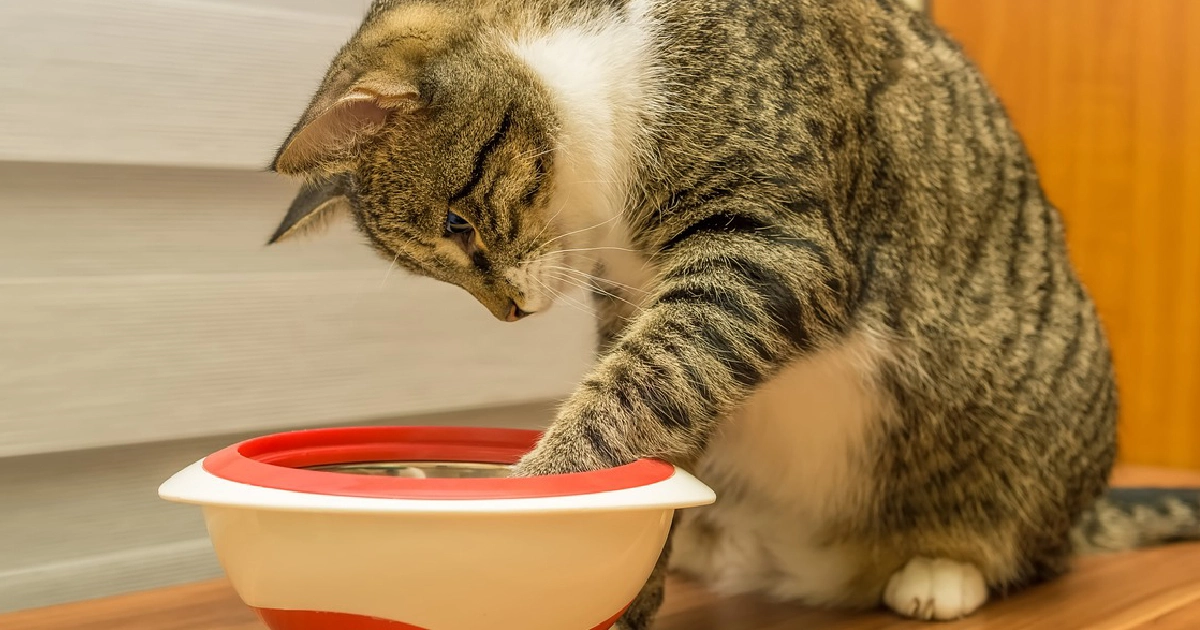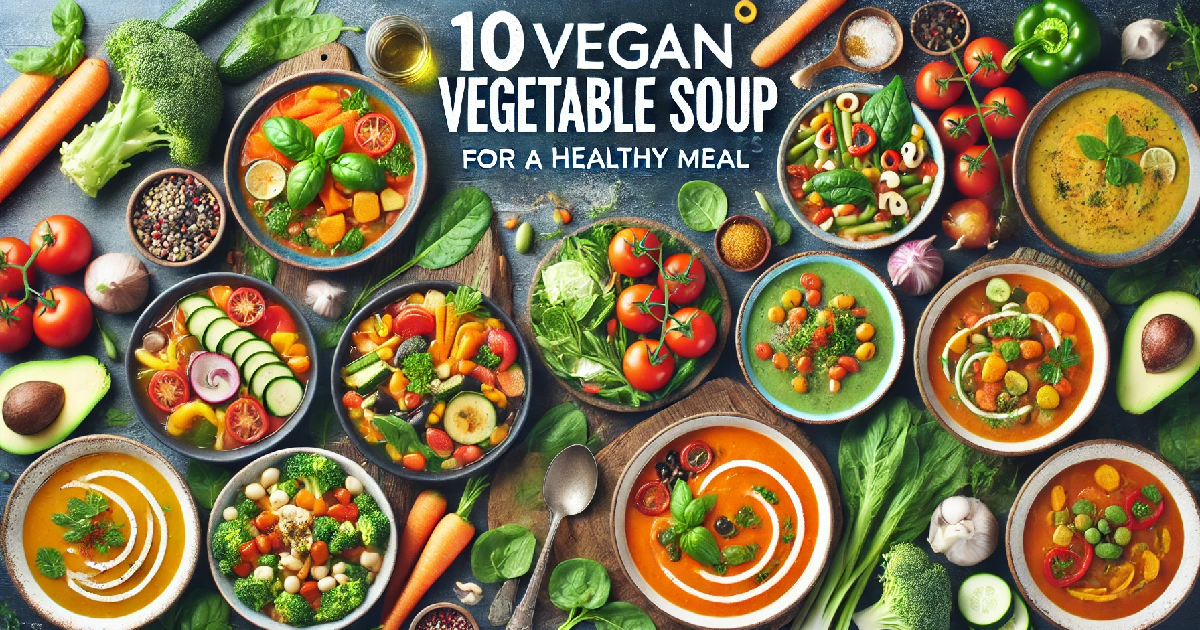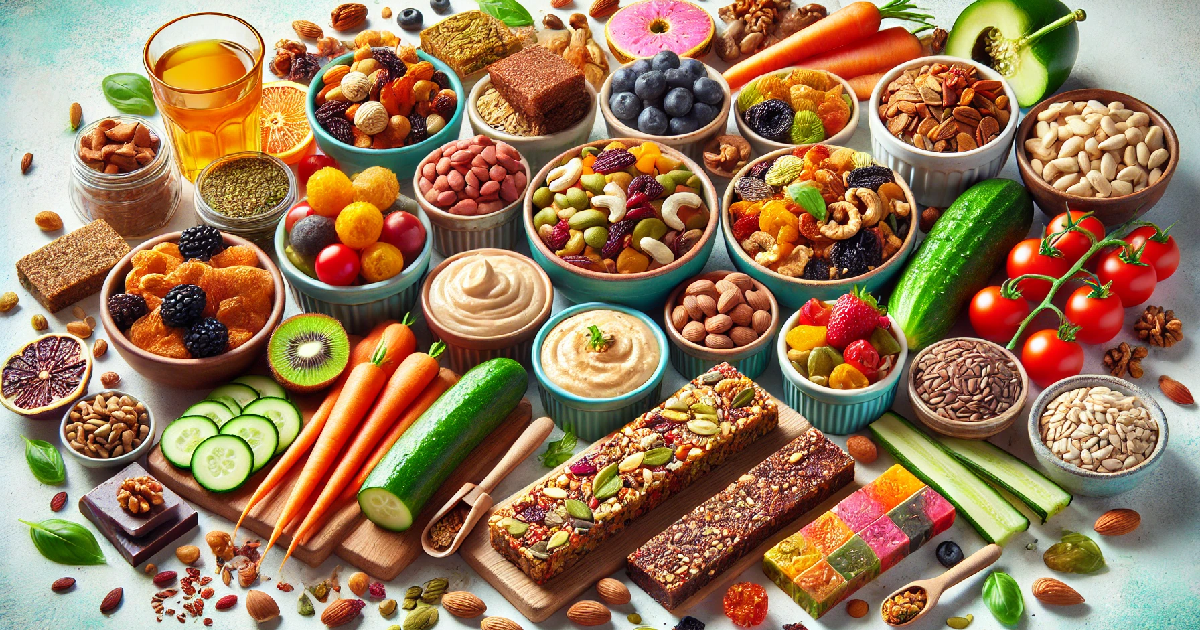Introduction
A proper diet is crucial for cats’ overall health and longevity. Just like humans, cats require a balanced intake of nutrients, and their diet can significantly impact their physical and mental well-being. Many cat owners need more certainty regarding the type of food to offer, the quantity, and the frequency of meals, especially concerning canned food. Concerns often arise about the adequacy of canned food in providing all necessary nutrients, the possibility of overfeeding, and the freshness of the food once the can is opened.
This guide aims to address these concerns by offering precise and practical advice. Whether you are a seasoned cat owner or new to feline care, this guide aims to demystify the feeding process and help you make informed decisions about how much and what type of canned food to feed your cat. By the end of this guide, you should feel more confident in your ability to effectively meet your cat’s dietary needs.
How Much Canned Food to Feed a Cat
Factors Influencing Portion Sizes
Determining the right amount of canned food for your cat involves considering various personal factors. Age plays a critical role; kittens and young cats usually require more food per pound of body weight than adult cats because they are growing and have higher energy needs. Weight is also a significant factor—feeding should be proportionate to the cat’s weight to avoid underfeeding or overfeeding. Activity level influences dietary needs, too; a highly active cat will burn more calories and may need more food than a passive one. Lastly, health conditions can affect dietary requirements; cats with certain medical issues may require special diets with specific portions.
Standard Guidelines and Recommendations
Veterinary experts offer general guidelines to help cat owners determine the appropriate amount of canned food. A standard recommendation is that an average-sized adult cat should eat approximately one 3-ounce can of wet cat food per three to three and a half pounds of body weight daily. However, these are just guidelines and should be adjusted based on the individual needs of each cat, as discussed with a veterinarian.
Adjusting Portions Over Time
As cats age, their dietary needs can change, necessitating adjustments in their food intake. Monitoring your cat’s health and weight regularly and adjusting their food portions accordingly is essential. If a cat starts to gain unnecessary weight, it might be time to reduce the food portion slightly. Conversely, if a cat seems underweight or lethargic, it might require more food or a visit to the vet to check for underlying health issues. Adjusting portions as your cat ages or its health changes can help maintain its overall well-being and prevent obesity or malnutrition.
Types of Canned Food Available
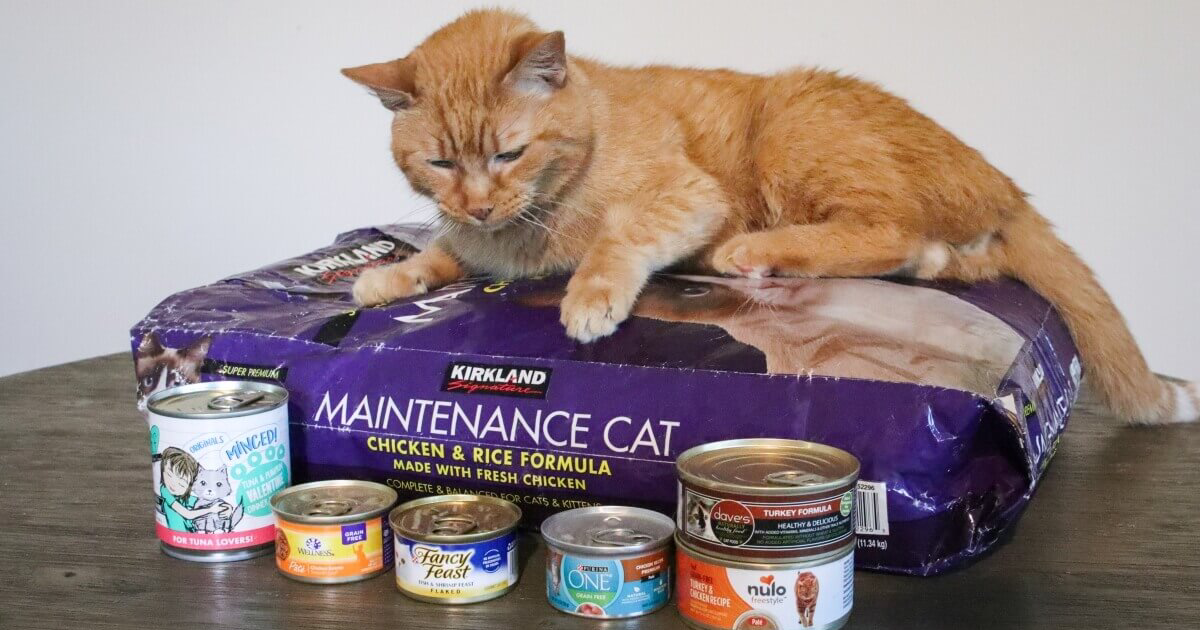
Grain-Free vs. With Grains
When choosing canned food for your cat, you may encounter options labelled grain-free and those containing grains. Grain-free canned foods are often recommended for cats with allergies to grains or digestive issues, as they typically use alternative carbohydrate sources such as potatoes or peas. However, not all cats require a grain-free diet. Canned foods with grains include ingredients like rice or barley, which can provide beneficial fibre and are suitable for most cats. The choice between grain-free or with grains should be based on your cat’s specific health needs and any allergies or sensitivities noted by your veterinarian.
Special Dietary Formulas
For cats with specific health conditions, the market offers a variety of unique dietary formulas in canned food formats. Cats with kidney disease, for example, may benefit from lower protein, lower phosphorus, and non-acidifying foods, which help manage kidney workload and progression of the disease. Obese cats, or those prone to becoming overweight, might require calorie-controlled diets that still provide all necessary nutrients in lower quantities. Always consult your veterinarian before starting your cat on a specialized diet, as they can provide recommendations tailored to your cat’s health issues and nutritional needs.
Benefits of Canned Food for Cats
Hydration and Health
Canned cat food is an excellent source of hydration. Since it typically contains up to 70-80% water, it plays a crucial role in maintaining adequate hydration levels, especially for cats with a low thirst drive. Proper hydration is vital for preventing urinary tract diseases and kidney-related health issues common in cats. By incorporating canned food into your cat’s diet, you can help ensure they receive enough fluids daily, which is particularly beneficial for cats with existing health concerns or those living in hot climates.
Palatability and Acceptance
Canned food often wins the taste test among feline friends. The high moisture content and wet food’s rich, meaty flavour make it highly palatable and usually more attractive to cats than dry kibble. This preference can be particularly advantageous when feeding picky eaters or older cats who might have lost some of their sense of smell and taste. Furthermore, the softer texture of canned food makes it easier to eat, which can be helpful for cats with dental issues or reduced bite strength.
Common Mistakes When Feeding Canned Food
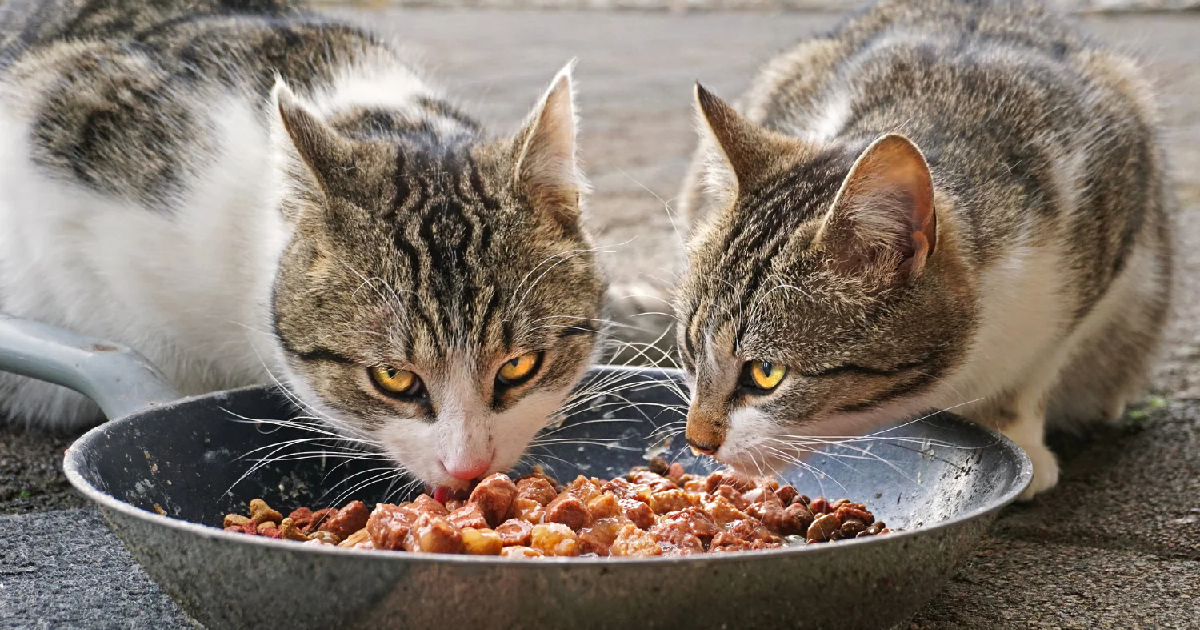
Overfeeding
One of the most common mistakes cat owners make is overfeeding canned food. The signs of overfeeding include weight gain and obesity, which can be checked by observing if your cat has a less visible waist or feels heavier. These symptoms are crucial to note as they can lead to serious health issues such as diabetes, heart disease, and joint problems. To prevent these health risks, portion sizes should be managed according to the cat’s age, weight, and activity level.
Improper Storage
Proper canned cat food storage is vital to maintain its freshness and nutritional value. Once opened, canned food can lose appeal and become hazardous if left out for too long. The store opened canned food in the tightly sealed refrigerator for up to three days. Transfer the food from the can to an airtight container before refrigerating for unused portions to help preserve its taste and prevent odour absorption.
Transitioning Your Cat to Canned Food
Gradual Introduction
Introducing canned food into your cat’s diet should be gradual, mainly if they are used to dry food. Start by mixing a small amount of canned food with regular dry food. Gradually increase the proportion of canned food over several days or weeks, depending on your cat’s acceptance. This gradual transition helps avoid digestive upset and allows your cat to adjust to the new texture and flavour.
Mixing With Dry Food
Mixing canned and dry food can provide a balanced diet that leverages both benefits. The dry food can help maintain dental health by reducing plaque build-up, while the canned food offers enhanced hydration and palatability. This combination can be particularly effective for picky eaters or cats with specific dietary needs, offering a compromise that includes the advantages of both food types.
How Much Canned Food Should a Cat Eat a Day?
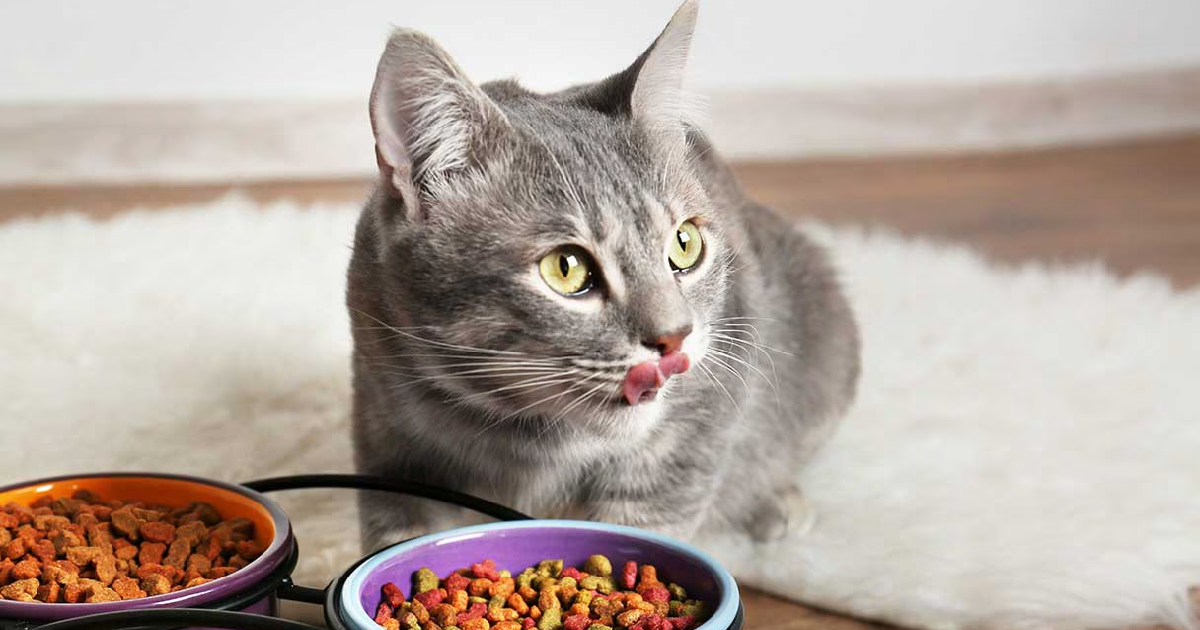
Daily Nutritional Needs of Cats
The daily nutritional needs of cats vary significantly based on their life stage. Kittens, for instance, require more calories per pound of body weight than adult cats to support their growth and high energy levels. Adult cats need a balanced diet that maintains their body condition without promoting weight gain. Senior cats may need fewer calories if they are less active but require more protein or other specific nutrients to support ageing bodies. Always consider your cat’s life stage and activity level to determine the right amount of calories and nutrients necessary for their health and well-being.
Reading Cat Food Labels
Understanding the labels on canned cat food is crucial for providing a proper diet. Labels typically list the essential nutritional content, including protein, fat, carbohydrate percentages, and vitamins and minerals. They also offer feeding guidelines based on weight and life stage. It’s important to interpret these guidelines correctly to avoid underfeeding or overfeeding. Pay special attention to the ‘guaranteed analysis’ section, which gives you a snapshot of the critical nutrients in the food.
Is One Can of Wet Cat Food Enough?
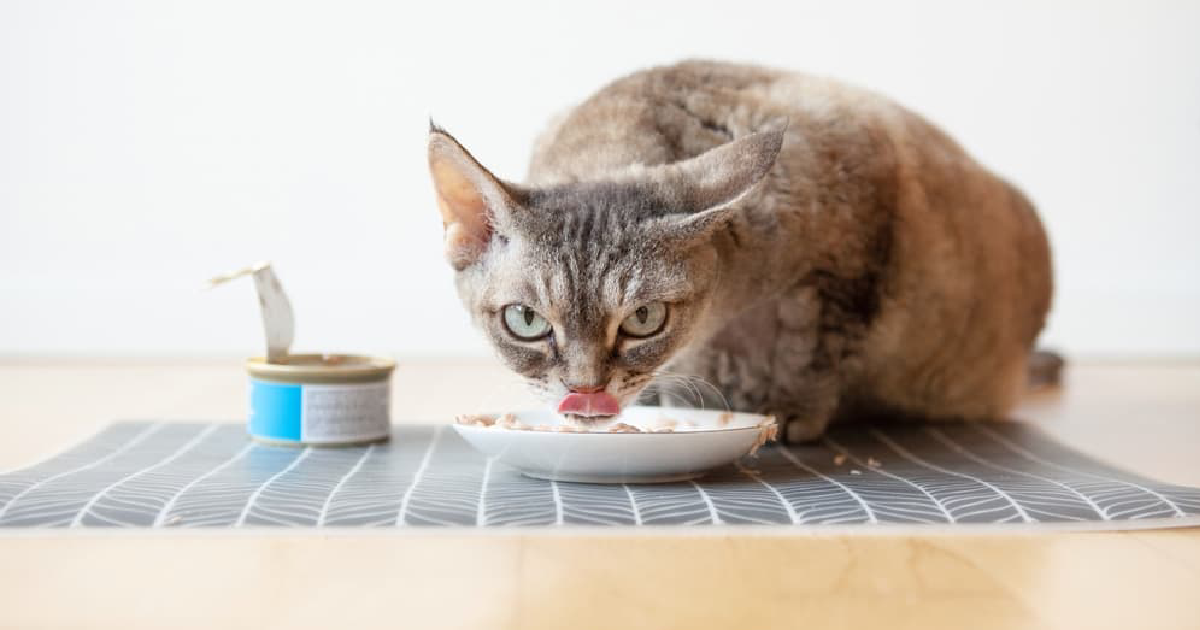
Can Size and Caloric Content
Canned cat food comes in various can sizes, typically 3 ounces to 5.5 ounces. The caloric content can also vary, depending on the brand and formula. For example, a single 3-ounce can may contain anywhere from 70 to 110 calories. To determine if one can is sufficient for your cat, you must consider the total calories your cat needs per day based on size, age, and activity level. A small, less active cat might do well with one can daily, whereas an enormous cat might need more.
Individual Cat Needs
Every cat is unique, and their food requirements can differ significantly, even among cats of the same age and breed. Factors such as activity level, metabolic rate, and even environmental conditions play a role in determining how much food a cat should eat. Active cats and those outdoors may need more calories than indoor cats. Similarly, a cat recovering from an illness or surgery might have different nutritional needs than a healthy one. Regularly assess your cat’s body condition and consult a veterinarian to ensure their dietary needs are effectively met.
How Many Cans of Wet Cat Food Should I Feed My Kitten?

Growth and Development Needs
Kittens have significantly higher nutritional needs than adult cats to support their rapid growth and development. They require more protein, calories, and essential nutrients such as calcium and phosphorus, which are crucial for bone development and overall health. Because of these increased needs, kittens also need more frequent feeding schedules with food specifically formulated for their growth stage. Ensuring they receive high-quality kitten food is essential for their development into healthy adult cats.
Feeding Schedule for Kittens
Kittens should start with about four small meals a day. Once they reach about six months, you can reduce feeding to three meals daily. The amount of food at each meal will typically be guided by the feeding instructions on the kitten food label, adjusted for the kitten’s growth rate and energy levels. As kittens can vary widely in size and growth rates, monitoring their development and adjusting food quantities to avoid under or overfeeding is essential. Regular veterinarian check-ups will help ensure your kitten is on the right track.
What is the Ratio of Wet to Dry Food for Cats?
Benefits of Mixed Feeding
Combining wet and dry cat food can provide multiple health benefits. Wet food aids in hydration, which is especially beneficial for cats without water, thereby supporting kidney and urinary tract health. On the other hand, dry food can be better for oral health, as it helps reduce plaque and tartar build-up. Mixed feeding can also appease various texture preferences, which may vary with the same cat over time.
Creating a Balanced Diet
Creating a balanced diet with wet and dry food involves understanding the specific nutritional content of each food type. Ensuring that the combined diet meets your cat’s dietary needs without causing nutrient excess or deficiency is crucial. Start by determining the daily caloric needs based on your cat’s weight, age, and activity level. Then, allocate a portion of those calories to wet food and a portion to dry food. Many pet food manufacturers provide guidelines for mixed feeding, but these should be adjusted based on your cat’s health and preferences. Regular consultations with a veterinarian can help tailor the diet to your cat’s specific health requirements.
Conclusion
This guide has explored several critical aspects of feeding your cat canned food, emphasizing the importance of tailoring the diet to your cat’s needs. We discussed how age, weight, activity level, and health conditions influence the amount of canned food your cat should consume. It also covered the types of canned food available, such as grain-free versus with grains and unique dietary formulas. We addressed the benefits of canned food in terms of hydration and palatability.
Monitoring your cat’s health and adjusting their food portions accordingly is crucial. Changes in weight, energy level, and overall health can indicate whether the current diet is suitable or if adjustments are necessary. This ongoing process helps ensure that your cat maintains optimal health.
Finally, while this guide provides a solid foundation for feeding your cat, nothing replaces professional advice from a veterinarian. Regular consultations ensure your cat’s diet meets its nutritional needs and supports its health and well-being. Your vet can offer personalized guidance tailored to your cat’s specific requirements, helping you make the best dietary choices for your beloved pet.
FAQs
1. How much to feed a cat chart?
Answer: Feeding charts for cats often recommend portion sizes based on weight and age. For canned food, most charts suggest feeding about 1 ounce of food per pound of body weight per day, split into two meals. However, adjusting based on your cat’s activity level and health is essential.
2. How much wet food to feed a cat calculator?
Answer: Many online calculators can help determine how much-canned food to feed a cat. These calculators typically require inputting the cat’s weight, age, and activity level to suggest an appropriate daily portion.
3. How much canned food to feed a cat per day?
Answer: Typically, an average-sized adult cat should eat about one 3-ounce can of wet cat food per three to three and a half pounds of body weight per day. However, this can vary based on the cat’s size, age, and overall health.
4. How many 5 oz cans of cat food per day?
Answer: For a cat on a diet solely of canned food, one 5 oz can per day is adequate for a cat weighing approximately 10-15 pounds. Adjust this amount based on your cat’s needs and consult your vet for personalized advice.
5. How much dry and wet food to feed cat?
Answer: When feeding a mix of dry and wet food, a typical guideline is to provide two-thirds of your cat’s daily calories and one-third as wet food. For example, if your cat needs 300 calories daily, you might offer 200 calories of dry food and 100 calories of canned food.
6. How much dry food to feed a cat per day?
Answer: The amount of dry food a cat needs daily depends on size and calorie requirements. Generally, a healthy adult cat might require between 1/4 to 1/2 cup of dry food per day. It’s essential to check the calorie content of the dry food and adjust portions accordingly.
7. How much wet food to feed a kitten?
Answer: Kittens require more food per pound of body weight than adult cats. A kitten might need up to a 3-ounce can of wet food three to four times a day. This will support their growth and development needs.


